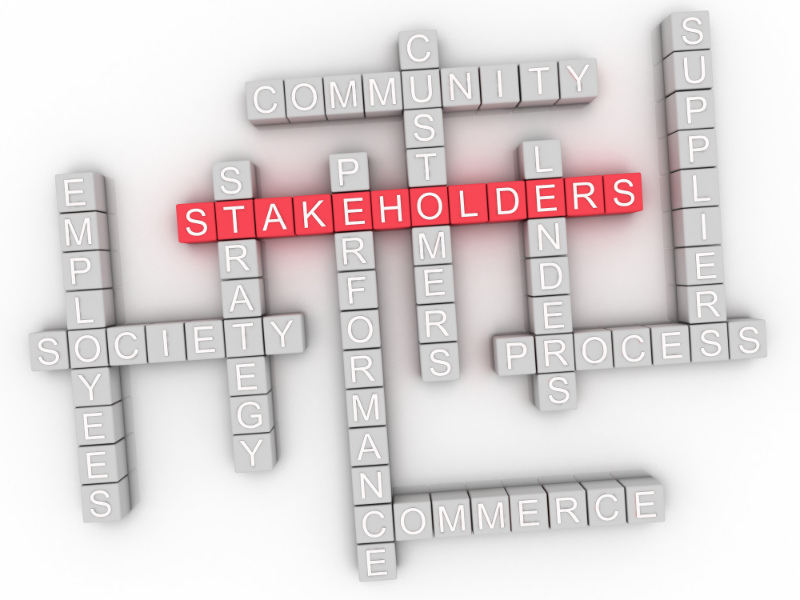This article will discuss the IAP2 Public Participation Spectrum, a framework developed by the International Association for Public Participation (IAP2) that outlines how citizens can engage in decision-making processes. We'll explore the components of this spectrum and how it can be used to ensure meaningful stakeholder interactions.
Introduction
Commonly referred to as the IAP2 Public Participation Spectrum, it offers a comprehensive arsenal of methods to ensure public involvement is sensible and successful. The spectrum delineates five distinct stages of public participation, ranging from simple communication to full cooperation in decision-making. Each level of engagement is fashioned to provide an opportunity for those involved to share their opinions and partake in the process. By enforcing this framework, companies and governments can be certain that they are communicating with all involved parties in a suitable fashion and creating an atmosphere where everyone's viewpoint is respected.

Benefits of Applying the IAP2 Spectrum
Relying on the IAP2 Public Participation Spectrum has numerous advantages for companies and governments. By using this model, they can make sure that they are contact stakeholders suitably and generating an environment where all ideas are respected. Furthermore, the spectrum permits businesses to ascertain the most appropriate level of engagement for their constituents, based on the difficulty in question. This guarantees that public involvement is valuable and beneficial.
What are the drawbacks of using the IAP2 Framework?
The Public Participation Spectrum by IAP2 has been criticised for its lack of instructions on successful stakeholder interactions, no allowance for tailored engagement plans, and ignoring power disparities in public participation processes. It is also said to not give sufficient guidance on effective management of public participation.

Different Levels of Engagement on the IAP2 Public Participation Spectrum
IAP2's Public Participation Spectrum details five levels of public involvement, ranging from information dissemination to collaboration in the decision-making process.
Information Sharing (Inform)
Organisations can use this type of engagement to provide stakeholders with information without needing their participation. This technique is often employed when revealing fresh policies and projects.
Consultation (Consult)
Engagement is the process of seeking input from stakeholders about a particular policy or program. Businesses often engage to get an understanding of their stakeholders' opinions.
Involvement (Involve)
Engaging stakeholders in the decision-making process can help to create policies and other initiatives, and is usually done by actively involving them.
Collaboration (Collaborate)
Involving stakeholders in the decision-making process allows their voices to be heard and taken into account when formulating policies and initiatives.
Empowerment (Empower)
Engaging stakeholders in the decision-making process allows them to have a say in policy and program implementation, giving them ownership and responsibility.
Clarifying the misunderstandings about the IAP2 Spectrum
Misconceptions about the IAP2 Public Participation Spectrum are often encountered, as many presume it is a one-size-fits-all method for public involvement. But this isn't true. The spectrum gives entities and governments different tools to make sure substantial and operational public participation, contingent on the topic in question. It is essential to understand that each amount of engagement is customised to provide an opportunity for anyone implicated to vocalise their opinions and participant in the system. Therefore, it is vital to pick out the most suitable level of entanglement for every circumstances.
It is a frequent misapprehension that the IAP2 Public Participation Spectrum just applies to huge endeavours. This is not what the facts are. The spectrum can be put into effect for any issue or mission, no matter its scope. It is a priceless asset for companies and governments to assure public involvement.

Is the IAP2 Spectrum applicable in current times?
Clearly, the IAP2 Public Participation Spectrum still remains pertinent today. This Spectrum offers a means by which companies and administrations can guarantee that participants are incorporated in the decision-making process smoothly. It also guarantees that all perspectives are observed and respected, disregarding of any power or other disparities. Moreover, the scope allows entities to establish the most reasonable degree of involvement for their stakeholders as well as modify their participation agenda to suit the requisites of their stakeholders. Case studies examples are available at the IAP2 website.
A useful tool
The IAP2 Spectrum is a valuable tool for any organisation or government looking to ensure meaningful public participation. It offers various strategies to make sure that stakeholders are included in the decision-making process, and that their voices are heard. Additionally, it allows entities to tailor their engagement strategies to fit the needs of their stakeholders.
Further Resources
Learn about the IAP2 Public Participation Spectrum by visiting the website of the International Association for Public Participation. Organisations must also refer to the IAP2 Core Values and Principles of Public Participation to ensure successful public engagement processes.




